Thoughts Can Be Fragile, Not Your Neck
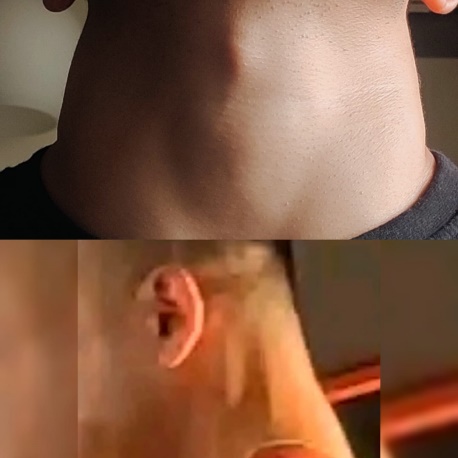
When the discussion coins around Neck Strength Training among Sports Coaches/S&Cs, it quickly resonates with the analogy of that one unpopular guy in high school/college that nobody wants to talk about.
The commonly accepted training wives-tale around the topic is “oh! it’s a fragile spot, not worth the risk, buddy”.
But is it really though…”buddy”?
I want to believe most of you smart & intelligent people reading this, along with the ones in the “against” lobby, have read enough strength training textbooks to understand what the SAID Principle is. Are we going to disingenuously throw it out the window to accommodate our existing biases? Biases play out funny, we love challenging others but not OUR OWN current existing ones.
Perhaps a little pinch of open-mindedness to newer ideas/lenses may aid in filling up the cracks. Ya?
Let me set the stage by quoting an excerpt written by the legendary George Hackenshmidt:
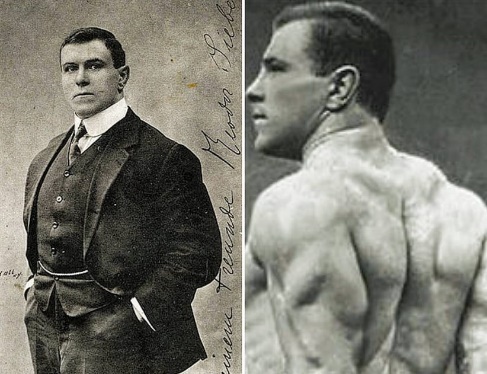
“Every muscular group throughout the body should be of the best quality attainable.
For the purposes of the development, of culture that is to say, it will be quite sufficient to classify them into groups such as Neck muscles, Shoulder muscles, Arm muscles, Chest muscles, muscles of the Abdomen, Back, Legs, etc.
No one can afford to neglect any of these groups. All, in fact, should be equally developed, those which are naturally weaker to a great extent than the others, until all are equally strong when the object in view should be of equal-all-round improvement.”
In case you missed the heart of the message, read it again, especially the highlighted part but slower.
The Neck is a mobile joint system, and do you know how mobility sticks for long-term progress? Training specific ranges under load within a given specific task dynamics (limiting factors and/or assisting factors) for optimal relative outputs. AKA, context drives intelligent/sneaky manipulations/strategies. Thus, clutching on the Why for integrating a neck protocol is imperative. You deserve to know WHAT exactly you are chasing and WHY you are chasing it, before arbitrarily inoculating strategies. Remember, the scope of error is minimal relative to the Neck.
From a sports performance perspective, “big biceps may equal big paychecks. But big necks equal more time to spend that money with a quality of life that is worth living.”
Now, let’s dissect the Why into two categories: Sports Specific and General Population.
Part 1: Sports Specific
Be it contact sports and/or racquet sports, the neck is an integral piece that has an influence on any maneuverability known to mankind. Especially in an unorganized/unpredictable/chaotic environment such as sports, even the most trivial slack can cost huge games, dosh, career-ending injuries, or just subpar overarching performance on the field/court, which can even cost future opportunities for a player. Would it not make sense to work and devise an all-encompassed physical preparation plan?
In this case, the Neck can be a hugely restricting factor AND a deciding factor within a proficiency & efficiency context.
Concussions are a dark truth of sports. “Some days good, some days shit”. If anything bad has to happen, all you can do is probably pray/hope that it doesn’t. Of all things, Physical Preparation Programs warrant, “injury prevention” is not one of them. The key is in the name: Preparation.
For example, in the sport of Soccer/Football (depending on where you are located), some of the early exposures that have the propensity to neck injuries which may end up being devastating concussion case studies in the long run, are simply from soccer/football heading. You may argue that “but it’s a part of the game’s skill sets”. That’s true, and it’s exactly where “physical preparation” may come in handy.
There’s a direct correlation between head and neck size (girth/circumference) and neck strength in predicting peak linear acceleration (PLA) and peak rotational acceleration (PRA) during soccer/football heading. I.e., motor control under erratic stressors/force impacts. I.e., skills efficiency. [Jaclyn B. Caccese et al. 2017]
In other words, players with smaller head-neck segment masses and lower neck strength may be at risk for greater head acceleration. [Jaclyn B. Caccese et al. 2017]
So, the question that poses is when do we start training the neck with these athletes? Ideally, the sooner, the better. It’s about how we (coaches) commence and manage these training effects in the grand scheme of things of developing competency pathways (neuromuscular).
The advantage of training the Neck is that it responds faster comparatively. According to a study conducted by Maeda et al. (1994), it took the subjects roughly about 8 weeks to see discernible results by incorporating mere flexion, extension, and occasionally rotation neck exercises. Now, THAT is pretty fast, IMO. For context, the subjects had cervical muscle strain issues and ROM deficits.
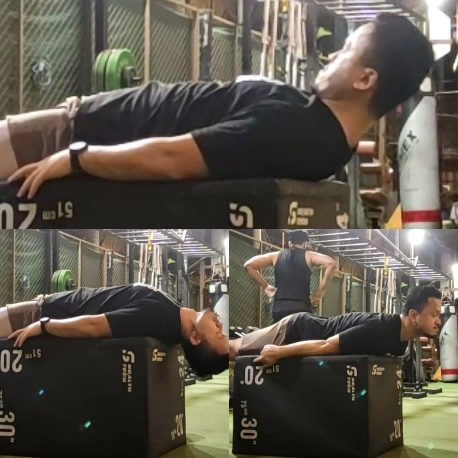
Gaze is a pivotal piece of the athletic development apparatus. Control of the neck muscles is coordinated with the sensory organs of vision, hearing, and balance. For instance, the activity of splenius capitis (SC) is modified with gaze shift. This interaction between eye movement and neck muscle activity is likely to influence the control of neck movement. [Catharina S M Bexander et al. 2005] [Byoung-Kwon Lee and Dong-Kwon Seo, 2020]
I’m shamelessly going to quote myself from earlier here again as a friendly reminder:
” Especially in an unorganized/unpredictable/chaotic environment such as sports, even the most trivial slack can cost huge games, dosh, career-ending injuries, or just subpar overarching performance on the field/court, which can even cost future opportunities for a player.”
Coordination of sporting skills is not exclusively about locomotion and upper body orientations. Spatial awareness is about perceiving information from the surrounding environment, making sense of it, pattern recognition, decision-making time, and tailored action plan. Intuitively, the first line of information carrier will be the eyes and their range to scavenge. To facilitate said mechanism, the neck needs to be equally commensurate with delivery.
Change the beat around, aka variability – Introducing a novel training stimulus into a program will always drive home some of the innate athletic qualities within players. Namely, facing a new challenge with their chin up, intra/internal competition, and problem-solving abilities. With a smorgasbord of perks, this one switch-up alone will drive profound intent into a program. Sure, I do acknowledge how neck training can be tricky. There’s always going to be a lurking fear of screwing shit up, and that’s absolutely normal. Athletes are humans, after all. What separates them from the rest is that they have an extra pair to square up with their inner demons – “let’s fuck around and find out”. This makes the job of a coach much easier. But deciphering the ‘when’, ‘how’, and ‘what’ and a little seasoning of ‘common sense’ is the name of the game.
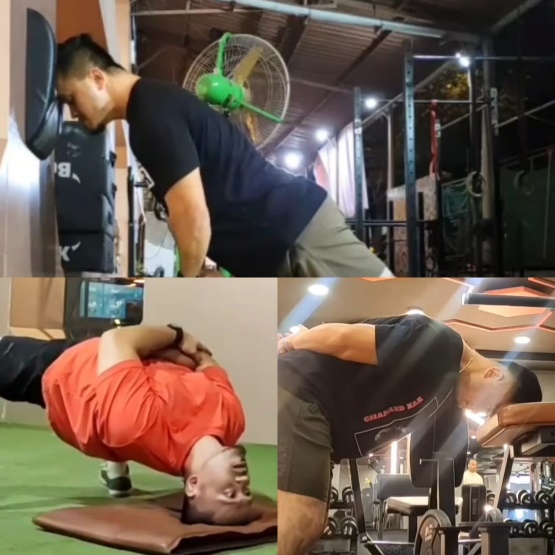
GPP should be self-explanatory. But not quite. Let me extend a small branch to that thought. Neck training isn’t necessarily about developing the Neck, per se. It’s a suitable example (potentially) for the aphorism “there’s more than what meets the eye”. If we expand on back pain issues (cervical), shoulder uncomfortableness, “core strength” alternative, migraine, and even distal arm functions, the Neck should be rather the center of focus during such interventions. It could be a big missing link that can easily be swept under the radar without scrutiny. Again, the literature around it isn’t very conclusive (as most) but discounting that as a possibility is also being naïve.
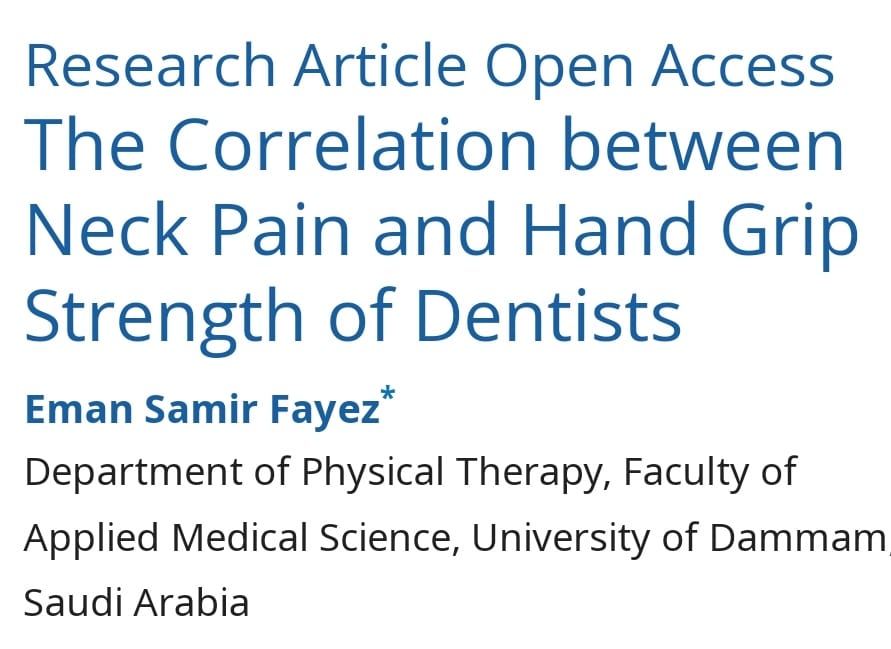
I’ll attach a bonus study here highlighting correlations between grip strength and neck pain. The reason I am sharing this is that the diverse interpretations after reading this is going to be quite fascinating to collect. Plus, irrespective of one’s interpretation, how they can string it back to physical development excavations is definitely worth the effort.
Lifting heavier – We get a stiffie just from hearing the word “accessories”. Would invest a stupid amount of time on “isolated” things with the pretext that it will carry over to our main lifts. Let’s go with this running logic, then why completely skip a layer, i.e., the Neck? If we talk about moving the needle relative to strength ceilings, having a stronger neck may/can support making that 1.5kgs/2.5kgs (3.3 lbs/5.5 lbs) plate difference. The body works as a unit, so the better bet would be to train the entire unit and then look like an absolute unit (i.e., aesthetic. I will elaborate on this particular aspect later in the article). Because everything transfers until they don’t.
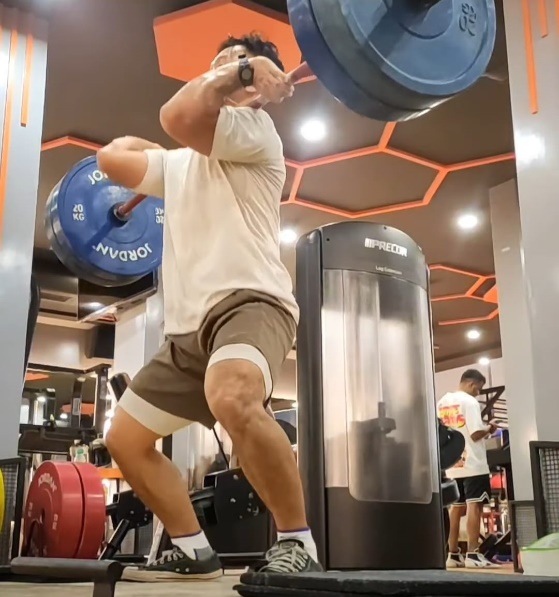
Suppleness is best served with a robust & resilient frame. The neck is a very mobile section of the MSK paradigm, but don’t mistake it for the “we can use some slack” philosophy. This readily available mobility can cost you if it doesn’t know how to conduct itself under unprecedented rigors. The “concurrent” recipe of flexibility/mobility training and strength training is the work of the geniuses.
Compensatory strategies are a far too common sight within the athletes’ contingent. To be precise, in the weight room, dial-ins. Athletes are not aesthetically appealing when the discussion pedals around “good form”. That is exactly where they will display these compensatory strategies. For example, excessive spinal extension, terrible hip-ribcage relations, and you guessed it – neck extension. What needs correction or not is a separate argument for some other time, but for now, we must acknowledge that these behaviors have (potential) carryover to their individual sports. So, why not maximize them? Compensatory doesn’t intuitively indicate “bad”. There’s that to consider.
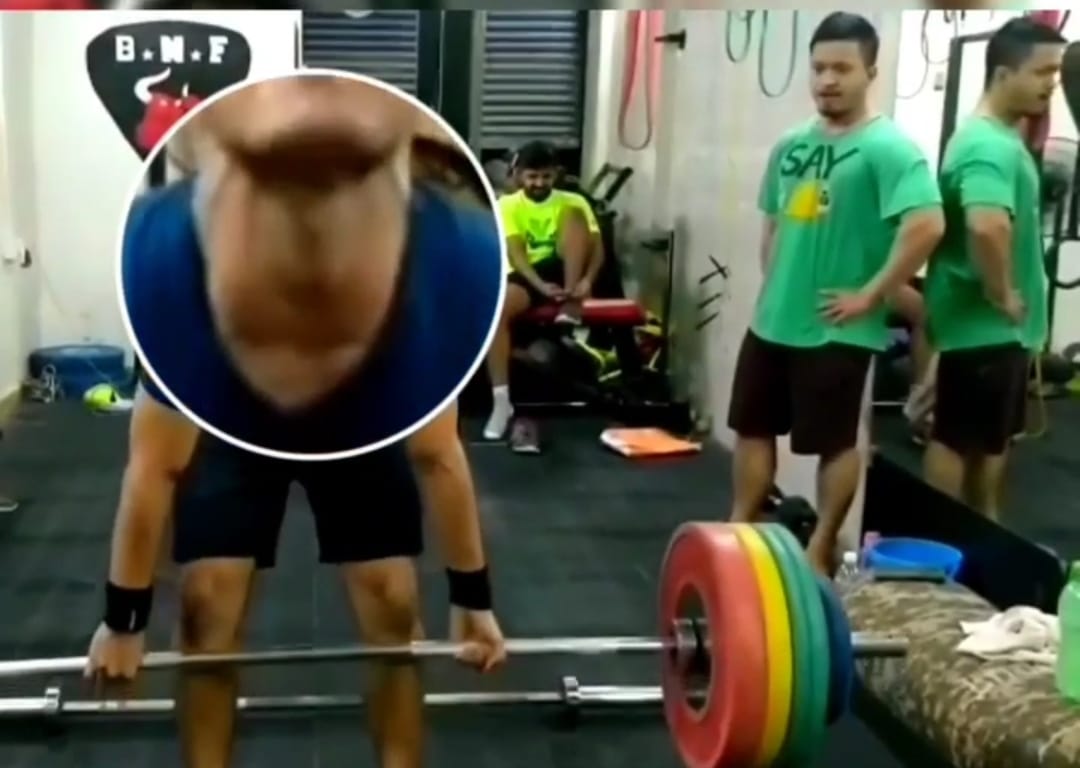
Vestibular functions have been found to influence neck activity. Implicating the same logic, the reverse is true too. Optimization of vestibular functions can have a large spillover to sports performance. [Patrick A. Forbes et. al 2018]
Gender. Asides from the fact that there are only 2 genders in the world, Neck training is applicable to both sexes. Sure, there are nuances there, and we can definitely use them as references in devising specific plans. As a general rule of thumb, males will have the propensity to pack greater neck muscle mass compared to females, which leads to greater force production potential. [Elisabeth M. P. Williams et. Al 2021] [Caitlin A. Gallo et. Al 2022]
As a matter of fact, females should consider investing a little extra time and effort in developing their neck integrities. In a study conducted by Ryan T. Tierne et. al 2022, they found that females exhibited significantly greater head-neck segment peak angular acceleration than males despite initiating muscle activity earlier (sternocleidomastoid only) and using a greater percentage of their maximum head-neck segment muscle activity. Knowing this and STILL ignoring the neck is like petting a ticking bomb; only a matter of time before the shit hits the fan.
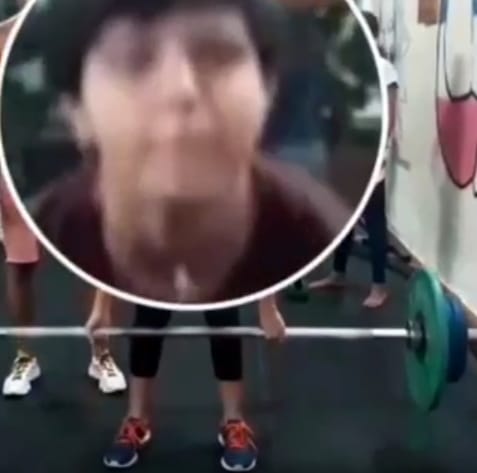

Genetics is a discussion in itself, and it is beyond the scope of this article to granularly expand every possible variable. However, in view of a general understanding of this topic, yes, genetics does have an influence on the size/circumference of one’s neck structure. But on the flip side, that feeds the ‘Why’ even more for the unprivileged folks to pay extra attention to their neck training regimen.
Part 2: General Population
As for the average John Doe, it’s a ‘W’ ubiquitously. Considering the times we are in, as we speak, the tools we use currently, and the general lifestyle habits we dwell ourselves in, neck-related issues have been exponentially prevalent. Furthermore, an average person may not be playing any elite-level competitive sports, but most of the benefits which were highlighted previously (ref, Part 1: Sports Specific) imply their individual training regimens too. Remember, a human is an athlete; an athlete is a human.
Posture is a quite common ‘needs assessment’ requirement among the gen pop. Ask any personal trainer; they’d have a monologue cited with case studies longer than this article. However, more often than not, these situations at hand are only addressed at the level of the spine. Training the neck, especially isometrically, stimulates a neural feedback looping to keep the torso “neutral” or else “you gon’ get fooked, mate” (Conor Mcgregor reference), which has an implicit transferability ceiling to their ADL (activities of the daily life). That’s a classic example of “non-verbal/less talking” coaching. If we even zoom that in, it also works like a charm to teach a non-athlete person how to “feel” their abs/core. In other words, how to “activate” and/or engage their abdominal without the yelling around cues.
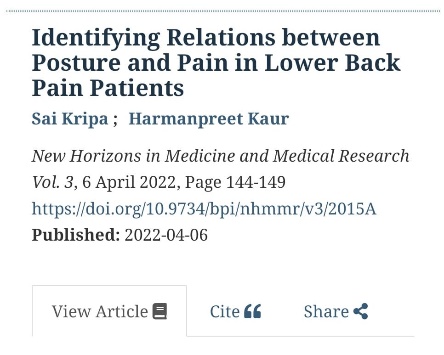
(Here’s an additional reference to read more about posture if you are interested.)
In extension to posture, this opens a canister of issues like reoccurring back pain, shoulder pain, limited neck range of motion, and ocular issues. Addressing the neck can be a game changer for this demographic or at least act as a bridge to offer a broader lens at things.
Quality of life & work life improves exceptionally. I mean, I don’t see why, won’t it? Keeping all the nagging and annoying pain issues at bay, everything else will automatically feel exhilarating. Which directly impacts the mood, and if the mood is set at the right tuning, the sky is the limit.

Breathing strategy – I’m not saying this should be integrated with the mentioned context, but it has the potential to reinforce “good” breathing control abilities under uncomfortable conditions (isometrics). Of course, this is heavily dependent on the trainability factor of the individual. So, being mindful, as like with all things performance, the same applications rope in here as well.
Yoga can be a great place to introduce Neck training to this demographic. As a coach, you must be mindful of every possible factor that drives efficacy (the Why). Within the gen pop community, Yoga is quite popular, and the prejudice around it to be a “safer option” can be used as a guiding light. Pick chronic nonspecific neck pain (CNNP), for example; it is quite prevalent among these folks. Yoga may help address this issue right off the bat. [Yunxia et. al 2019]
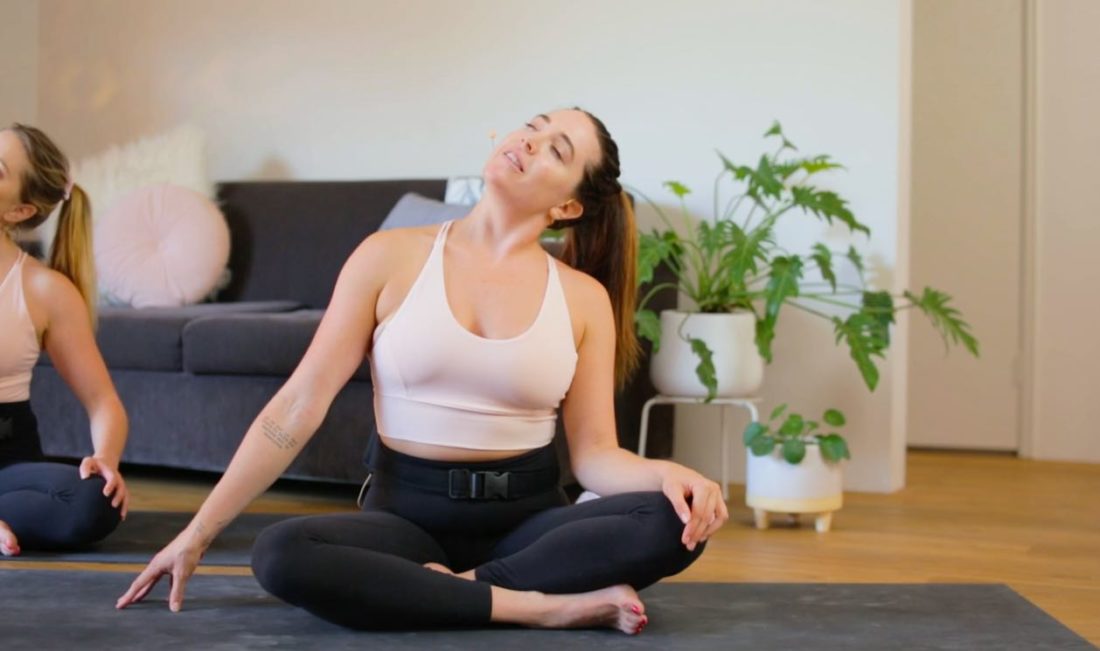
Aesthetics – If you remember from earlier, I had said I would talk about this aspect later. So, here it is. Having a strong and bigger neck isn’t just about impending injury risks and everything else mentioned before, but it also enhances the global framework of your body. Big biceps are cool, but big necks are intimidating. It’s like saying, “tell me you wouldn’t want to fuck with me without telling me that you wouldn’t want to fuck with me”. Plus, some of the variations that involve biting a towel or cable and pulling weights with it sculpt a chisel jaw structure too. A complete “toxic masculinity” package. Gotta love it, Kings!
In the prison community, how the inmates decide who is a weaker prey and whom to not fuck with isn’t from scanning aesthetics, i.e., abs, biceps, shoulders, chest, etc. NO. They look at someone’s neck and if it’s a giant monstrous neck along with the rest of the conglomeration like a boss, they not only don’t fuck with him, but also the attitude towards the man is paid with much respect. Asserting dominance without any physical showdown. Sheeeesh. [Jalhouse Strong book]

TLDR:
- YOUR NECK IS NOT FRAGILE
- There are way too many W’s training the neck than L’s
- Potentially enhances your sports performance, weight room performance, and aesthetics
- Go very slow with your training if you haven’t been exposed to such a protocol before
- It’s never too late to introduce Neck Strength training into your current regimen
- If the goal is an all-round development, then ignoring the neck doesn’t make a strong case for rationale.
Final straw:
There are hundreds, if not thousands, of methods to train the Neck, but it depends on who YOU are, YOUR story, and everything encompassing YOU. It’s the very same reason why I won’t be sharing any “generic template” and/or protocol that you can immediately start working on. Because I don’t know YOU. It would be quite insincere and misleading on my part if I did so.
However, I will share a visual reference (sample) for this article’s reader interactive and user-friendly value. These are not in any particular sequence, and I DO NOT RECOMMEND these without any professional intervention for your current goals/situation. You should train hard, but train ever wiser.
Stay critical! Cheers

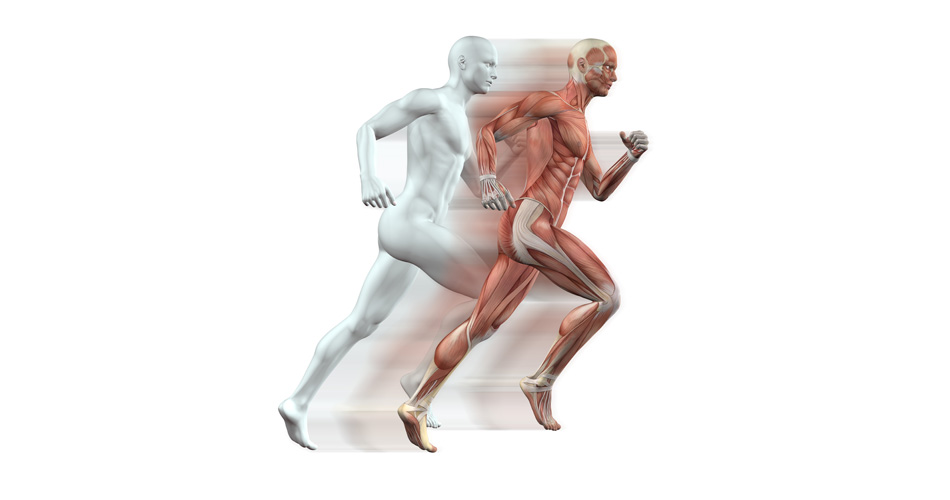









Responses